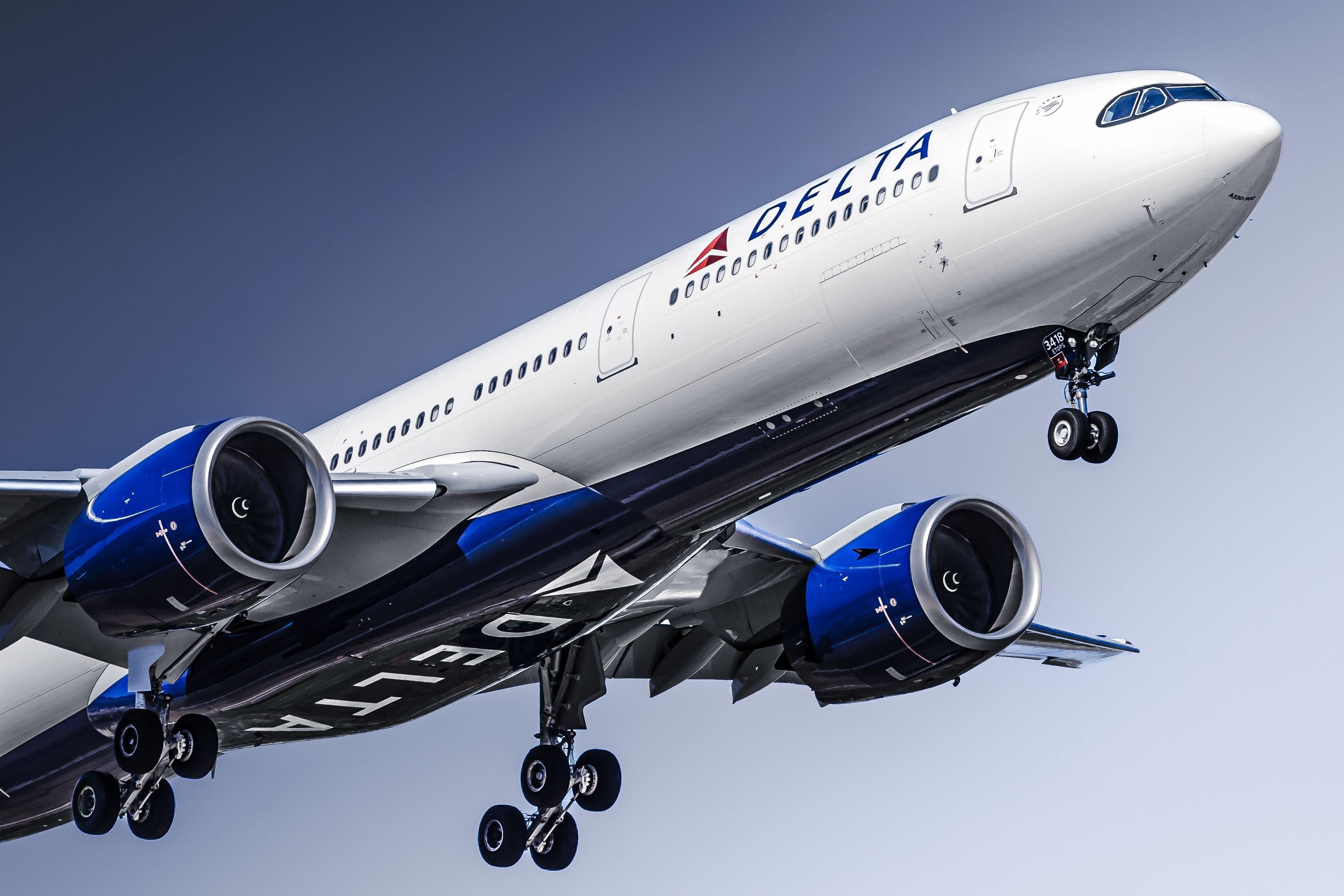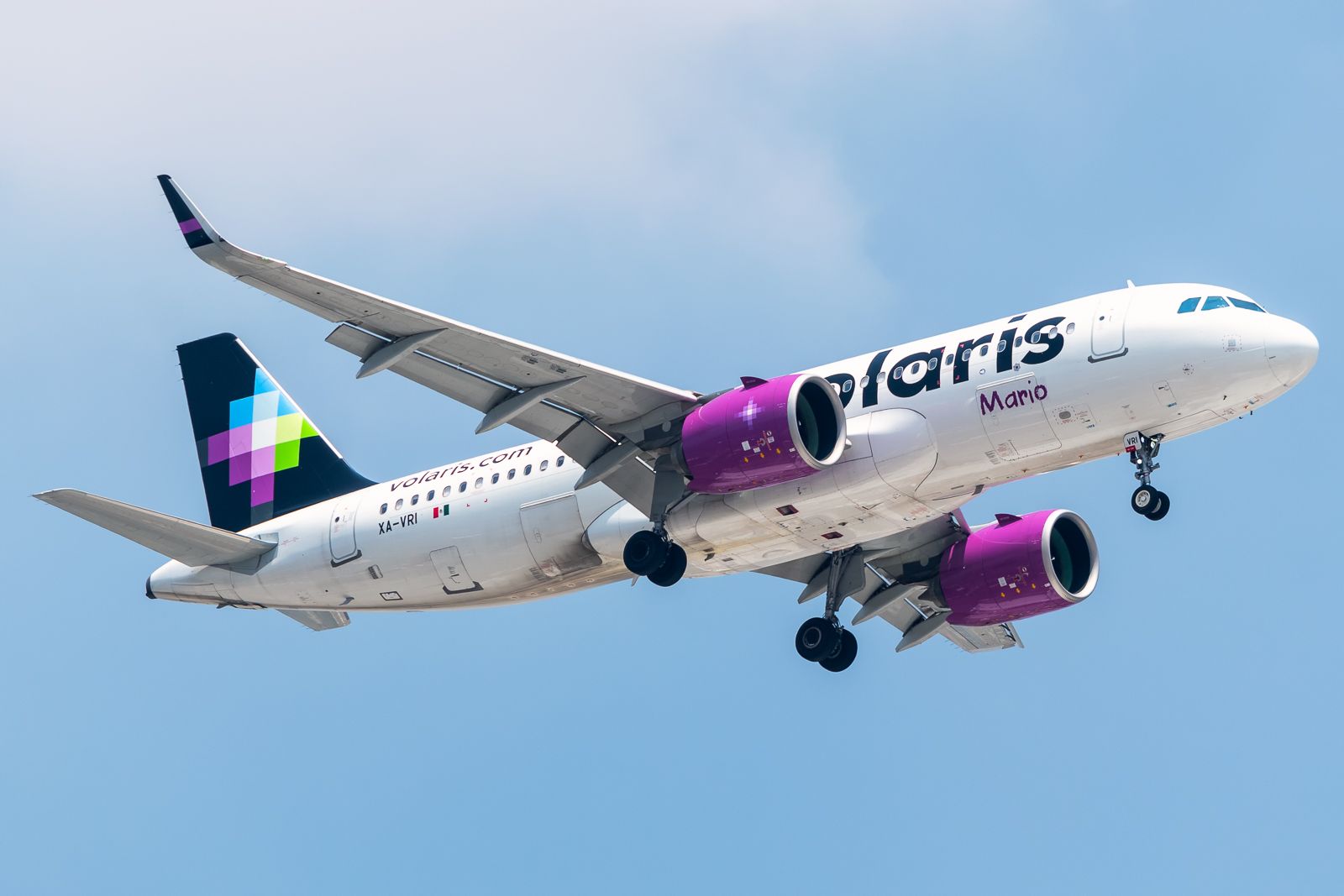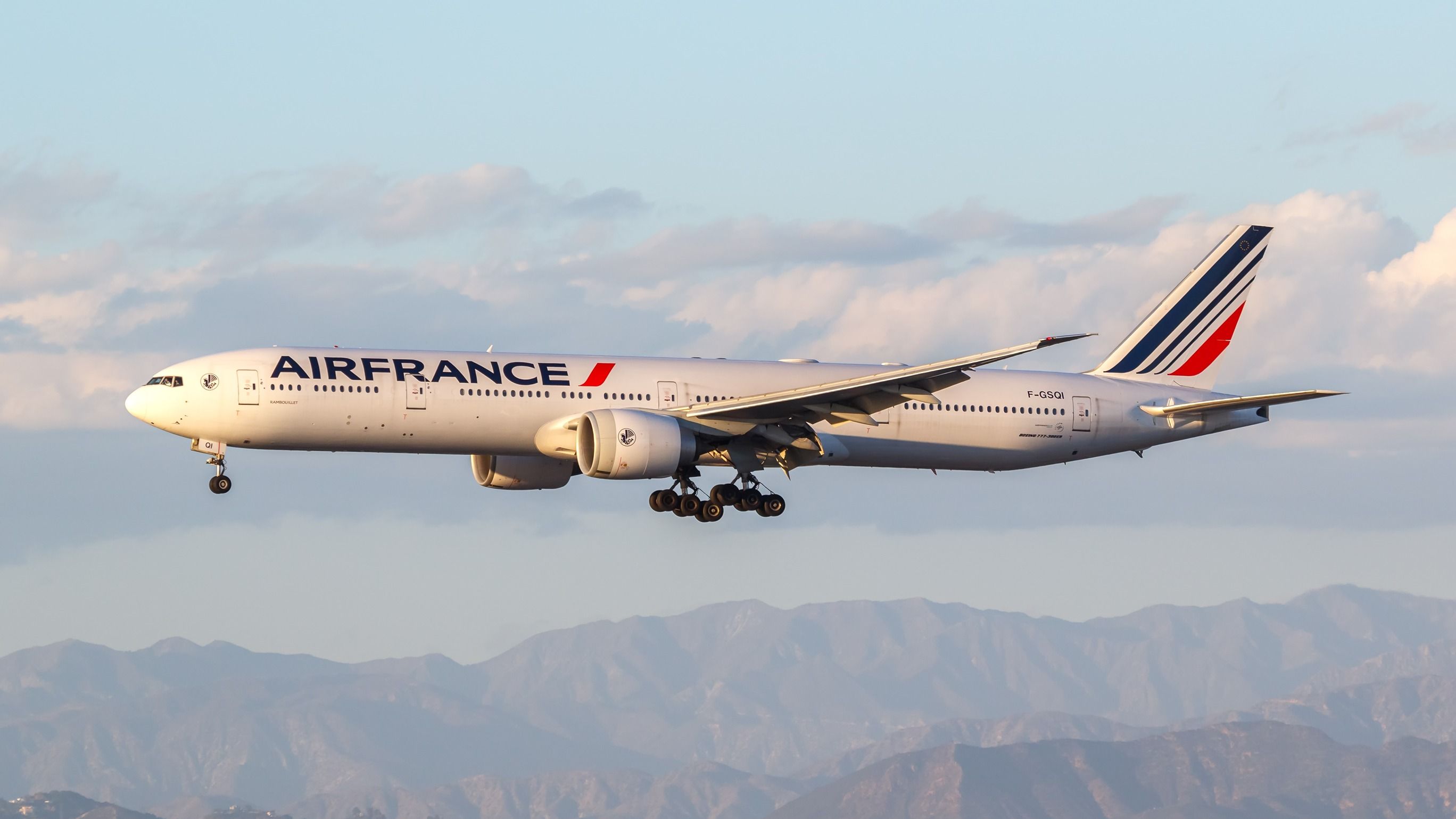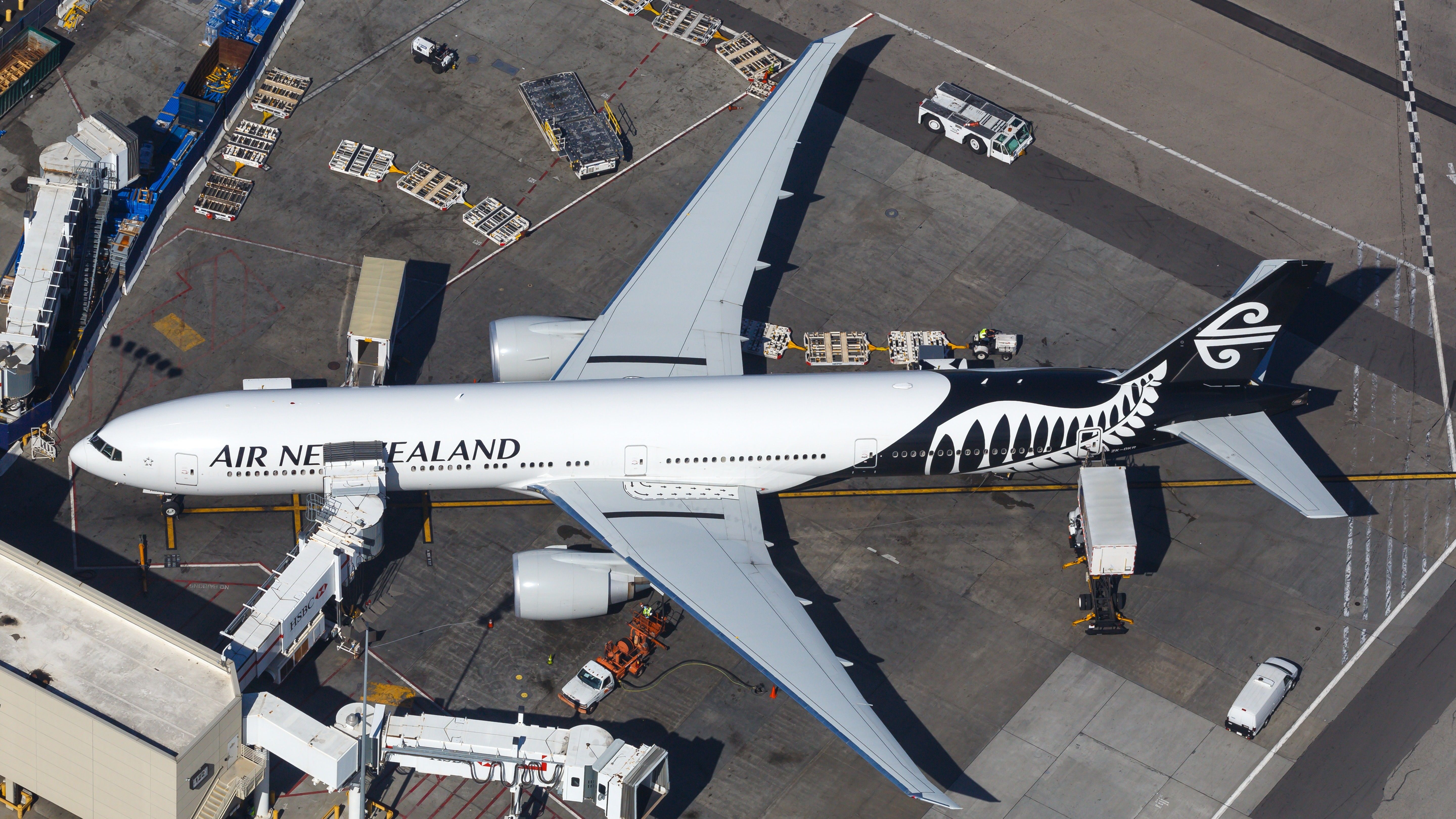Los Angeles International had 76.59 million round-trip passengers last year. Of these, 23.99 million—some 31 in 100—were international, according to LAWA data. While New York JFK was comfortably the US’s busiest airport for international traffic, Los Angeles ranked third. It was surpassed by Miami, whose statistics show 25.16 million passengers.
According to data from the US Department of Transportation for last year, more than 55 passenger airlines, from the US and elsewhere, provided Los Angeles’s international flights. ![]() United Airlines
United Airlines
was the leading operator overall, while Volaris was the top foreign user when its various units were combined. Air France, not British Airways, was the number one long-haul foreign carrier.
Los Angeles’s Top 10 International Operators In 2024
Volaris’s original Mexican unit ranked sixth overall with 1.12 million passengers. However, including Volaris Costa Rica and Volaris El Salvador brings it to 1.36 million and second place. It provided 5.7% of Los Angeles’s international traffic. DOT data shows the Volaris Group had 11 Los Angeles routes last year, with Guadalajara its leading market (628,000).
Some may think it unfair to combine Volaris’ units like that. If so, Air Canada would be Los Angeles’s largest foreign carrier. Nearly all of its 1.31 million traffic was on mainline flights, with Air Canada Express having a tiny proportion (low-cost Rouge did not operate). Then, as now, it only had three routes: Toronto (579,000), Vancouver (486,000), and Montreal (241,000).
|
Two-way passengers (per the DOT) |
Carrier (including all units) |
|---|---|
|
1.82 million |
United |
|
1.36 million |
Volaris |
|
1.35 million |
Alaska Airlines |
|
1.33 million |
Delta |
|
1.31 million |
Air Canada |
|
1.24 million |
American |
|
765,000 |
WestJet |
|
707,000 |
Air France |
|
619,000 |
Aeromexico |
|
607,000 |
EVA Air |
These Were Los Angeles’s Top 10 Long-Haul Carriers
Let’s assume a long-haul route covers a minimum of 2,650 nautical miles (4,908 km), equivalent to just over 3,000 statute miles, which United uses as its cutoff point. DOT data indicates Los Angeles had 14.97 million long-haul passengers, equivalent to 62% of its international traffic volume. United was still number one, closely followed by American, both of which have Los Angeles hubs.
Air France was the Californian airport’s number one foreign long-haul carrier. With 706,000 passengers, Los Angeles was the SkyTeam member’s second-busiest US market, after New York JFK (984,000). During the peak summer, it had up to five daily departures, primarily on the 777-300ER and A350-900. Up to four went to its Paris CDG hub, and up to five weekly flights left for Papette. Air France will have one fewer airline to compete with between Los Angeles and Tahiti, with Delta ending the route in June, helping to increase frequencies. Air Tahiti Nui will continue to run.
|
Two-way long-haul passengers (per the DOT) |
Carrier (including all units) |
|---|---|
|
980,000 |
United |
|
923,000 |
American |
|
706,000 |
Air France |
|
667,000 |
Delta |
|
607,000 |
EVA Air |
|
575,000 |
British Airways |
|
559,000 |
Lufthansa |
|
523,000 |
Qantas |
|
511,000 |
Korean Air |
|
500,000 |
Asiana |

Related
Up To 95%: The US’s Middle Eastern Routes With The Highest Load Factors
Ten airlines had 46 routes last year.
How The Top 10 Long-Haul Airlines Changed Compared To 2019
The DOT shows that compared to pre-pandemic 2019, Qantas was the largest foreign long-haul operator, followed by Norwegian, Lufthansa, and Air New Zealand. Six years ago, before the world temporarily changed, Norwegian had eight routes: Los Angeles from Barcelona, Copenhagen, London Gatwick, Madrid, Oslo, Paris CDG, Rome Fiumicino, and Stockholm Arlanda. It carried 685,000 passengers. Its successor, Norse, serves some of these markets.
While Air New Zealand ranked seventh with 607,000 passengers, traffic fell to 266,000 in 2024, meaning it ranked 25th. In 2019, Air New Zealand had three Los Angeles routes: Auckland, London Heathrow (fifth freedom), and Rarotonga (fifth freedom). In 2024, it had one: Auckland. While it still has the same single route, Cirium Diio data shows flights have risen from a high of 11 weekly during the northern winter last year to up to 12 weekly in the same period in 2025.














